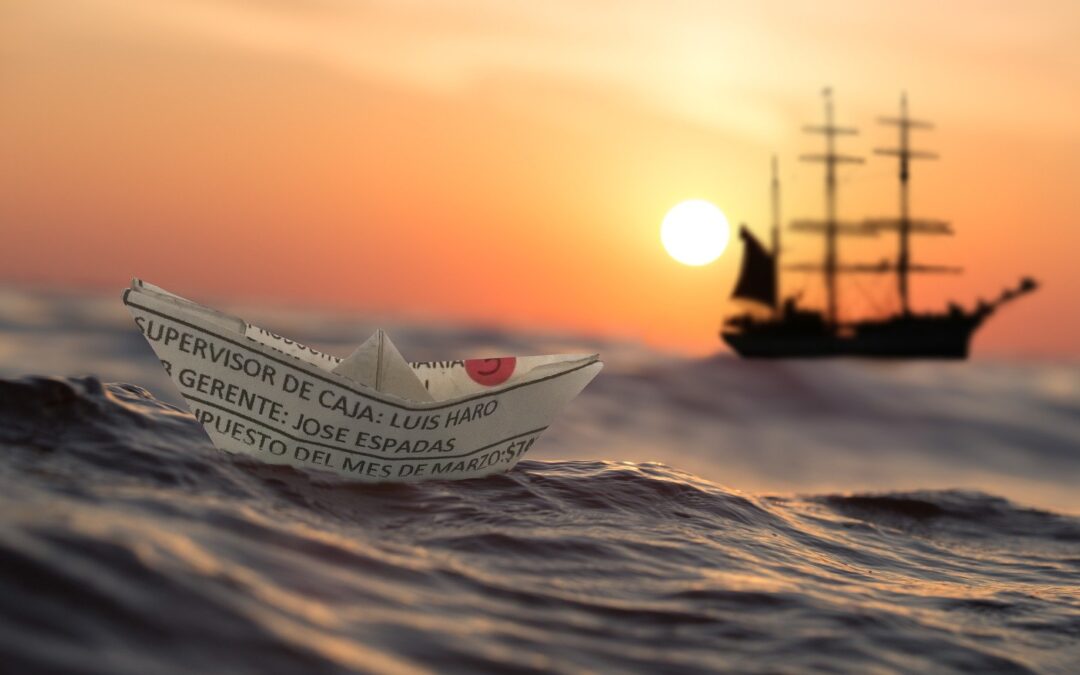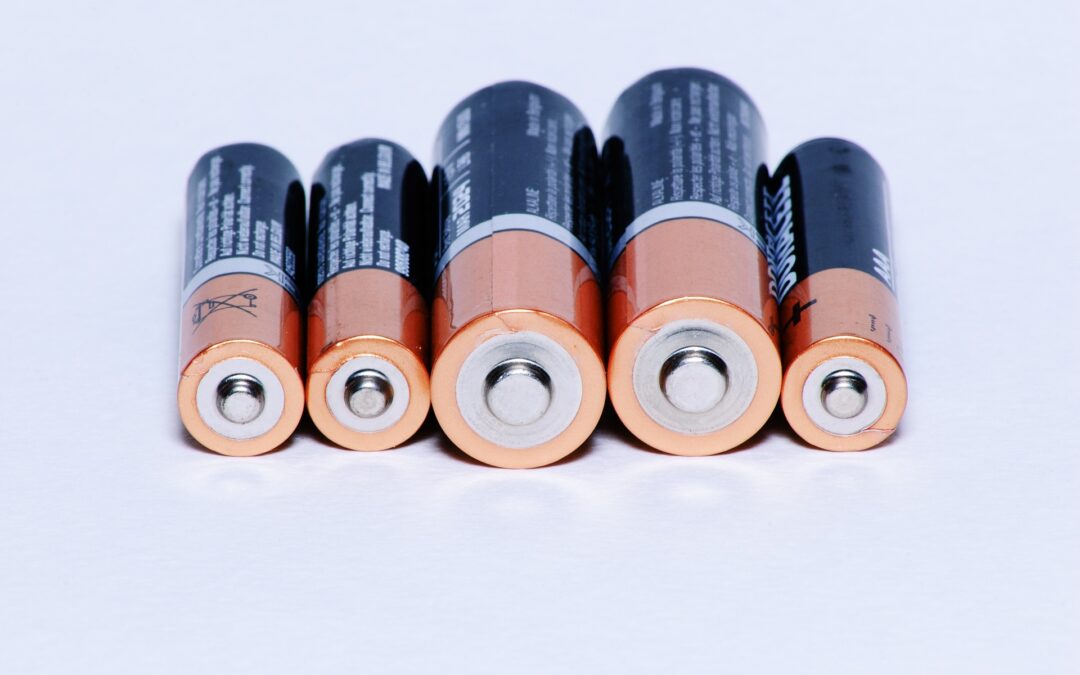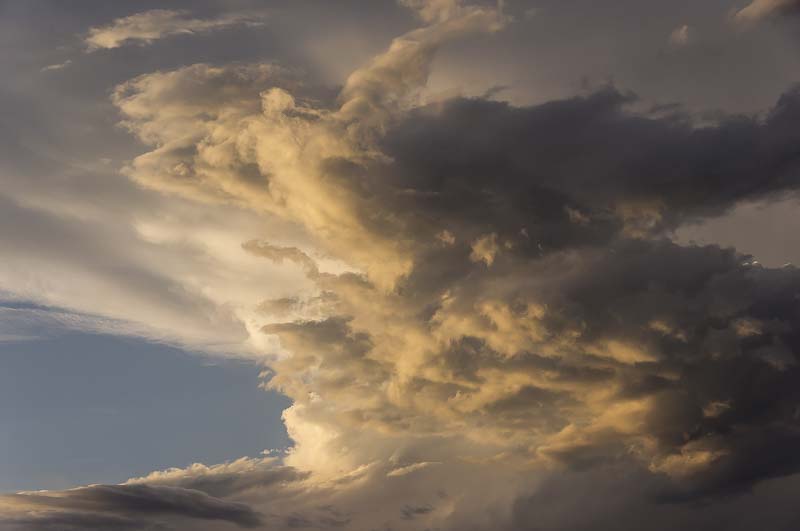Rocket Science Projects
Balloon Jet
This is a very simple rocket that demonstrates the most basic principle of rocketry: how pressurized gas creates thrust.
What You Need:
What To Do:
1. Tie one end of the string to a chair or doorknob across the room from you.
2. Blow up a round balloon a couple of times to get it stretched out. Then blow it up and pinch the end closed so no air can escape. Holding the inflated balloon closed, have an assistant help you tape a straw to it.
3. Thread the straw onto the free end of the string. Hold the string taut and then let go of the balloon.
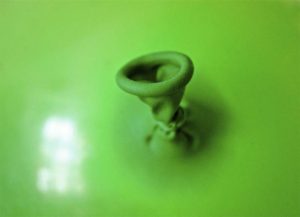 What Happened:
What Happened:
The air in the balloon is gas under pressure. The air pushes against the balloon, causing it to expand, but the balloon is also pushing back on the air. When gas or liquid is under pressure, it tries to escape. In the case of the balloon, it escapes out the open end. In a rocket, it escapes through an opening called a nozzle. As the gas escapes, it creates the thrust that propels your rocket forward (or a real rocket upward). This is because of one of Newton’s Laws of Motion: for every action, like gas escaping from a rocket in one direction, there is an equal and opposite reaction, like the rocket moving in the other direction.
To do some more experimenting with your simple balloon rocket, test how far it will go with different amounts of air: full, half full, a quarter full, etc. (You can measure the actual volume of air inside the balloon by using a flexible tape measure to measure the circumference of the balloon. Use the circumference to find the diameter: just divide the circumference by π (3.14). Next find the volume with the following equation: Volume = 1/6π (Diameter)3. After several tests, make a graph to show the relationship between the balloon’s volume and the distance it travels.) Another experiment idea is to see if you can design a way to control the flow of air through the ‘nozzle’ – if the air comes out too slowly there won’t be enough force to move the rocket forward, but if it escapes too quickly the rocket won’t go very far. Finally, try using different types of string for your balloon rocket to travel along. Do you think the balloon will travel the same distance along yarn as along fishing line? Why or why not? (Hint: friction!)
Rockets heading to outer space need a lot of energy to escape the pull of the earth’s gravity! Instead of a single rocket trying to do all the work, aerospace engineers build rockets that perform in stages. As the first rocket stage burns itself out, another one takes over. Try this NASA project to make a two-stage balloon rocket.
Film Canister Rocket
Unlike a balloon rocket, most rockets create the gas they need for thrust via a chemical reaction. A fuel (like liquid hydrogen) is mixed with a source of oxygen (often liquid oxygen) and burned in a chemical reaction that produces a lot of gas! In this project you can make a simple rocket and fuel it by a chemical reaction that produces carbon dioxide. Make sure you launch this messy rocket outside!
What You Need:
- Clear film canister (the kind where the cap fits inside the canister, rather than over the outside. See if a local photography shop has any extras they can give you. )
- Alka-Seltzer tablets
- Water
- Baking soda
- Vinegar
- A piece of paper
- Cardstock or poster board
- Tape
What To Do:
1. The film canister is the engine of your rocket. Make a body for it out of the piece of paper. Line up the open bottom of the canister slightly below the bottom (short) edge of the paper, then tape the longer edge to the canister and start rolling to make a tube. Tape the tube closed.
2. Cut out four triangular fins and one nose cone from the cardstock.
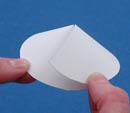
3. To make the nose cone, cut out a circle, then make a slit from the outer edge to the center. Overlap the paper at the slit and tape it to create a cone shape.
4. Tape the fins and nose cone to your rocket.
5. Turn the rocket upside-down and fill the canister 1/4 full with water. Add half of an Alka-Seltzer tablet, snap the lid on, turn the rocket over and back away. 3-2-1 blast off!
What Happened:
The Alka-Seltzer reacts with water to produce carbon dioxide. When enough carbon dioxide is produced to create pressure on the inside of the canister, it will force the lid to pop off so the gas can escape. As the gas escapes the rocket is propelled upward.
Try to measure how high your rocket goes compared to a nearby fence or a tree. Try it several times; do you get the same results each time? Does the rocket go higher if you add more or less water? Why do you think this is? What happens if you change the design of your fins or nose cone?
Now try it again with a different type of fuel. When vinegar and baking soda are mixed together, they produce carbon dioxide. Experiment to see how much baking soda and vinegar will launch the rocket the highest. (Some tips: You can either pack the baking soda in the lid with a damp thumb so that the reaction doesn’t start until you turn the rocket over, or you can wrap it in some tissue paper or toilet paper to delay the reaction starting and give you time to set the rocket right-side-up.)
More Rockets:
- Try using a balloon to build a rocket car
- Build your own water rocket, or experiment with our bottle rocket launcher.
- Power a rocket with combustion by building a whoosh rocket
Space Science Lesson
Exploring Space

2018 marks NASA’s 60th anniversary. NASA (National Aeronautics and Space Administration) was created in response to the Soviet Union’s successful launch of the first satellite, Sputnik 1. For many years the Americans and the Soviets tried to outdo one another in the ‘space race.’ The Soviets had the initial advantage – they launched the first satellite and put the first man in space. NASA, however, won the crowning glory: the moon. Here are a few highlights of the space age:
Apollo – Just eight years after the first American traveled in space, NASA successfully reached the moon. On July 20th, 1969, Neil Armstrong of Apollo 11 took the first human step outside Earth, saying ‘that’s one small step for man, one giant leap for mankind.’ The Apollo program had its share of setbacks, including a fire during a test on Apollo 1 that killed three astronauts, and an explosion on Apollo 13 that prevented a lunar landing and put the lives of the astronauts in grave danger. Nevertheless, six missions landed successfully on the moon, performed many scientific experiments, and brought back hundreds of pounds of moon rock. The last lunar landing was in 1972.
Space Shuttle – After Apollo, manned spaceflight has used the space shuttle, a partially reusable spacecraft that is launched by rocket and landed like a normal airplane. Five shuttles – Columbia, Challenger, Discover, Atlantis, and Endeavor – have been launched a total of 122 times. (Challenger disintegrated after launch in 1986 and Columbia broke apart during re-entry in 2003. Fourteen astronauts were killed in the disasters.) The shuttle only flies into low-earth orbit, but even so it has truly expanded our understanding of the universe by carrying some of NASA’s most important satellites and probes into space. It sent Galileo on a ground-breaking mission to study Jupiter and its moons for eight years, plus it launched and serviced the Hubble Space Telescope. The space shuttle program will end in 2010 after 29 years of taking humans to space!
Hubble Space Telescope – If you’ve seen beautiful pictures of distant galaxies and star nebulae, it’s likely that they were taken by Hubble. Earth’s atmosphere makes it hard for land-based telescopes to get clear, sharp images. In space there is no atmosphere in the way. Hubble has taken deep field pictures showing us that even the darkest part of our sky is filled with thousands of galaxies.
Space Probes – Humans haven’t been any farther than the moon, so our discoveries about the solar system don’t come from eyewitnesses! Instead, a host of space probes have traveled through the solar system, taking pictures, testing the atmospheres of planets, and more. Some even land on the surface of another planet, like the Mars rovers Spirit and Opportunity. Some probes fly past multiple planets and keep going; others enter orbit and circle a particular planet for years. The Voyager probes passed several planets and are now nearly out of our solar system. Voyager 1 is 8.7 billion miles from the sun and is still traveling at nearly one million miles per day!
Science in Action: Interview with John Anderes
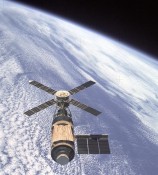
HST: When did you decide you wanted to work in aerospace engineering?
John: I actually entered college expecting to be a chemical engineer. However, after two years of inorganic and organic chemistry (seems like I blew up almost every experiment in the lab), I was ready for something else. I leaned towards subjects I enjoyed the most, applied math and physics.
HST: What was your favorite part of your job?
John: I’ve worked over the last 40 years in many different areas of the aerospace industry. By far, the most fun for me was in modeling and simulation: developing launch, on-orbit and even landing models of space vehicles and satellites.
(John’s simulations made sure a satellite could withstand all the stress put on it in different phases of its life cycle (e.g., launch, orbit, or even emergency landing for satellites that were carried on the Space Shuttle). He determined the maximum load the satellite could take, and then his calculations were used in the laboratory where the satellite was tested on shaker tables and in thermal, vacuum, and acoustic chambers.)
HST: How did technological advances change your job?
John: Of course, many technological advances were created by the aerospace industry itself. Just think of what your world today would be like if there were no satellites used for weather prediction, Direct TV, cell phones, and so forth.
Personally, changes in the computer take the prize. In the 60s, data was entered into the computer via punched cards or magnetic tapes. Even in the late 60s (Apollo landing era), I had to check computer calculations via slide rule and hand plot data on graph paper to more easily visualize results and trends. Now we can create three dimensional models that look like photographic pictures, and view results via color 3D movies. But in some ways, working in this new environment an engineer can lose perspective of the basics of the problem he’s solving and too easily believe what he’s seeing on the computer screen. One really needs to understand the limitations of the software being used.
HST: What do you think are the most interesting events in the aerospace industry?
John: I love astronomy, so the Hubble Space Telescope has to be top dog satellite in my book. Its reach into the heavens has been almost overwhelming even to ardent astronomers.
HST: What do you remember about the Apollo 11 moon landing?
John: It was a very exciting time. I worked for the company that built the guidance systems for Apollo. I remember very distinctly watching the event on TV with my wife. I took a black and white fuzzy picture with our camera of the TV screen.
HST: Do you have any advice for someone who wants to become an aerospace engineer?
John: Enjoying science, math, physics and engineering goes a long way. Engineering requires logical and creative thinking; that’s what makes it so much fun. It is really great to be part of our expansion into the heavens. Practically, when in college, taking a semester to co-op at NASA or in an aerospace firm is very beneficial.
Science Links
Check out amazing views of the universe at the Hubble Space Telescope website.
Get a tour of the International Space Station with this interactive guide.
Try your hand at some space science with these cool Sci Games.


